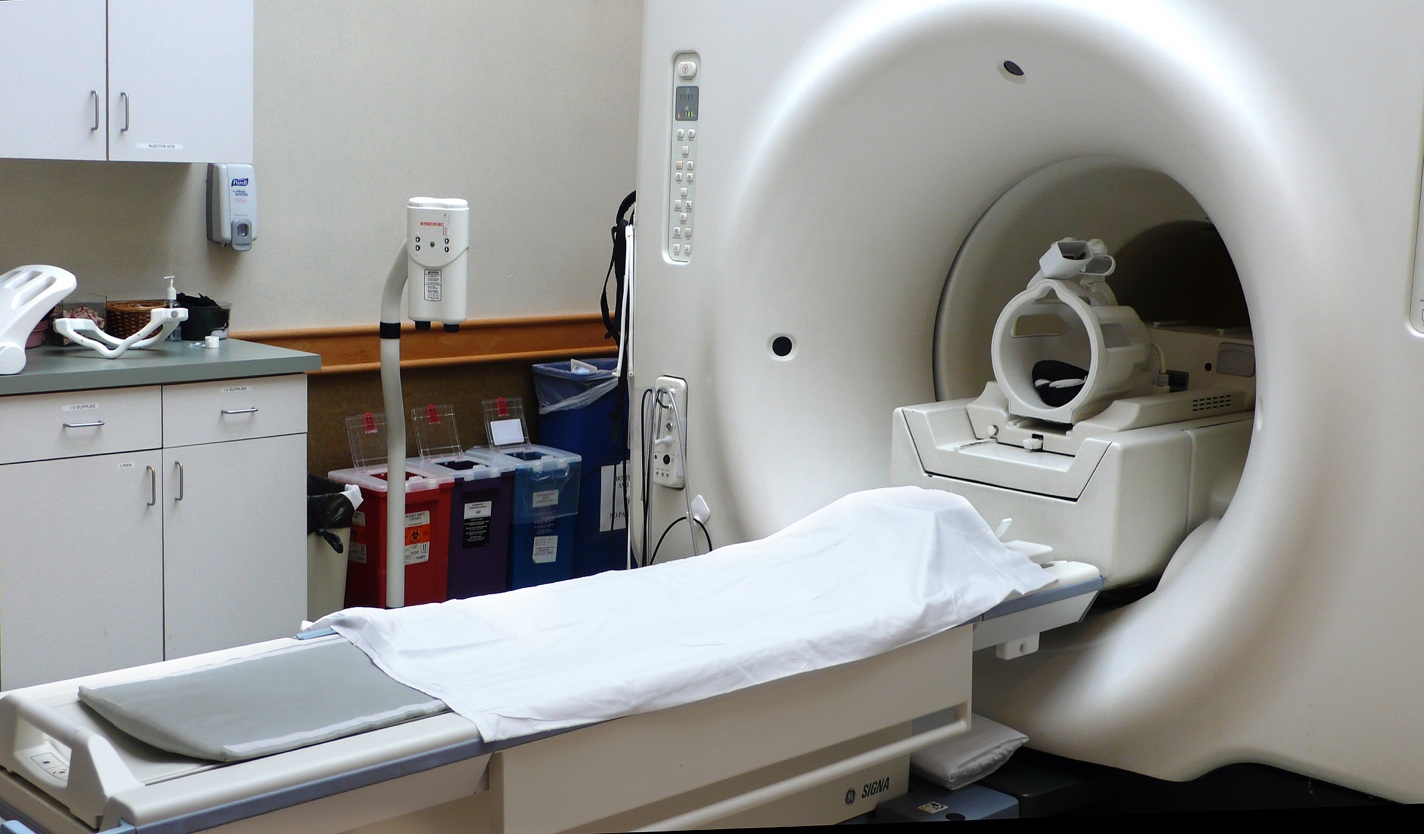Pancreatic rare tumours
Diagnosis
Diagnosis of pancreatic cells are done when a there is a suspicious after one of the signs that affect the pancreas, for example, abdominal pain, weight loss, diabetes, jaundice, elevated hormones levels, etc.
First of all, a blood test is performed. As it has been described before during the description of the different types of tumours, it can happen to find elevated hormones levels through this test, such as insulin, gastrin, glucagon, alpha-fetoprotein, etc.
Afterwards, an imaging test is performed, usually with magnetic resonance (MR) of a positron emission tomography (PET). This will allow doctors to see where the tumour is and its size, if it has spread and localize it exactly to get a biopsy or even study the possibility of removal.
A biopsy can be extracted by aspiration with a fine-needle. This is a very low-risk intervention that will give doctors a lot of information about the tumour type by analysing this sample. The histological grade of the biopsy determines which cells do originate the tumour and the grade and will allow giving a most accurate prognosis after determining the pancreatic tumour type.
